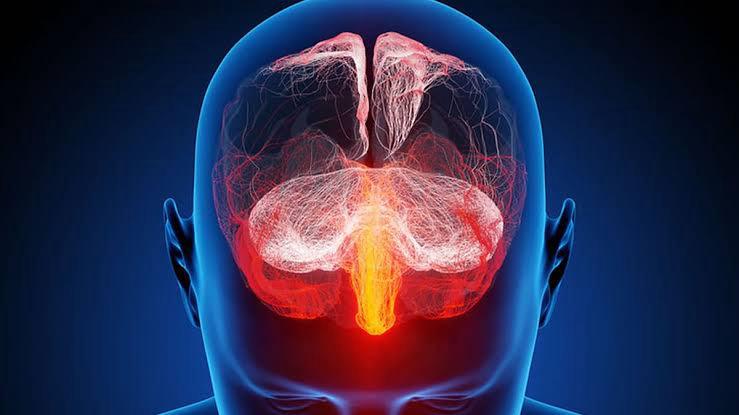
Follow WOWNEWS 24x7 on:
Updated: June 28, 2025 00:13

As meditation gains mainstream traction, a new frontier is emerging at the intersection of neuroscience and mindfulness. From consumer-grade EEG headbands to transcranial stimulation devices, neurotechnology is being harnessed to quantify and enhance meditative states. But can machines truly measure mindfulness—or are we chasing a digital mirage?
This question is at the heart of a growing debate among researchers, clinicians, and wellness enthusiasts as tech-assisted meditation tools flood the market.
Key Highlights From The Research Landscape
- Devices like Muse and Neuroba use EEG sensors to track brainwave activity during meditation, offering real-time feedback on calmness and focus
- Studies show that meditation increases alpha and theta brainwaves, associated with relaxation and creativity
- However, a 2020 randomized trial found no correlation between EEG scores from Muse and actual mindfulness levels, raising concerns about validity
- Despite mixed results, users report high satisfaction and reduced stress when using these tools alongside traditional meditation apps
How Tech-Assisted Meditation Works
- EEG headbands detect electrical activity in the brain and translate it into visual or auditory cues, helping users adjust their mental state
- Some platforms gamify the experience, rewarding users with calming sounds or visual feedback when they reach a meditative state
- More advanced systems like E-meditation use transcranial direct current stimulation (tDCS) to enhance focus and emotional regulation during practice
The Promise Of Neuroplasticity
- Regular meditation has been shown to promote neuroplasticity, strengthening neural pathways linked to attention, self-awareness, and emotional control
- Tech-assisted meditation aims to accelerate these benefits by helping users identify and sustain optimal brain states
- Biofeedback tools also track heart rate variability and breathing patterns, offering a holistic view of physiological calm
Caution From The Scientific Community
- Researchers warn that EEG scores may not be reliable proxies for mindfulness, especially in novice meditators
- A study published in the journal Mindfulness found that Muse users did not show significant EEG improvements despite reporting better mood and reduced distress
- Experts recommend using these tools as supplements—not substitutes—for traditional mindfulness training
Cultural And Ethical Considerations
- In India and other collectivist cultures, tech-assisted meditation is being blended with spiritual practices like yoga and silence retreats
- Critics argue that commercializing mindfulness risks diluting its essence and turning introspection into a performance metric
- Others see potential in democratizing access to mental wellness tools, especially for those struggling with anxiety or attention disorders
Why This Matters Now
As digital fatigue and mental health challenges rise globally, neurotech offers a compelling, if imperfect, path to self-regulation. While machines may not fully capture the depth of mindfulness, they can serve as useful companions on the journey inward—provided we remain mindful of their limitations.
Sources: Springer Mindfulness Journal, Neuroba, Medical University of South Carolina, Psychology Today, Indian Express, Metro UK, Scientific Origin, MUSC News Center






